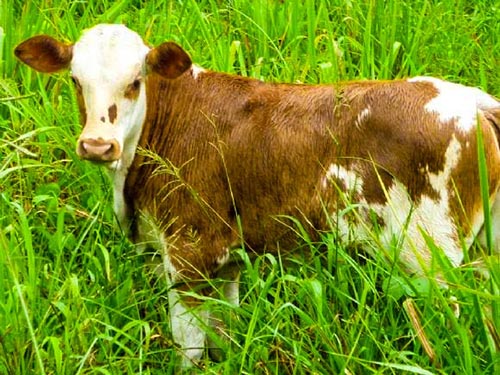Effect of restricted suckling and feed complementation on weight and cortisol in Simbrah calves
Efecto del amamantamiento restringido y complementación alimenticia sobre el peso y cortisol en becerros Simbrah

Show authors biography
Objective. Determine the effect of restricted suckling, early weaning and feed supplementation on weight gains and plasma cortisol concentration of Simbrah calves. Materials and methods. One hundred and twenty 15-day-old lactating calves were distributed in two treatments: T1) calves with restricted suckling, early weaning and feed supplementation (n=30 males/n=30 females); and T2) calves with continuous suckling without feed supplementation (n=30 males/n=30 females). Calves were weighed at the beginning of the experiment, and every 15 days to assess changes in body weight from weaning unto 0 months of age. Blood sampling was carried out at the start of study and for 10 days between 7:30 and 8:30 am. Response variables were evaluated using general linear models. Results. The weight (310.1 and 268.5 kg) and post-weaning weight gain (0.980 kg/day and 0.800 kg/day) was better in the T1 treatment than, for calves in T2 (168.3 and 159.6 kg/day; and -0.500 and -0.480 kg/day) for males and females, respectively. The cortisol concentration (ng/mL) was higher in T1 compared to T2 from day 0 to day 3 (p<0.05), but on day 4 no difference was found. T1 allowed weaning at 3.5 months of calf life and increased post-weaning weight gain. Conclusions. Live weight and post-weaning weight gain were better in T1 treatment animals; however, plasma cortisol levels were increased at the star of the study to subsequently decrease.
Article visits 1146 | PDF visits























